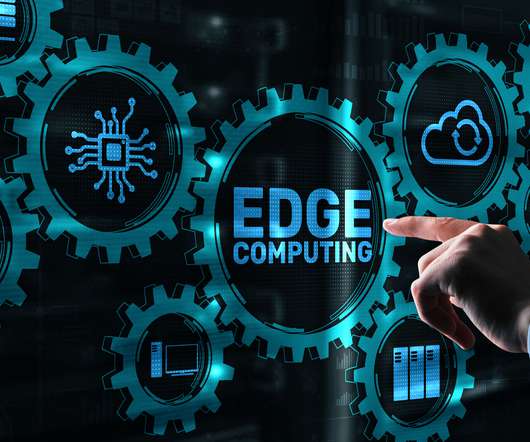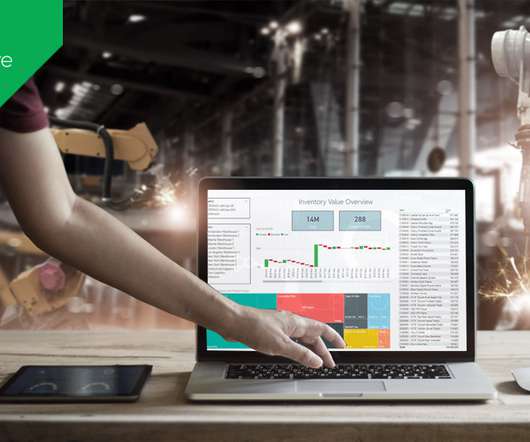How the Edge Is Changing Data-First Modernization
CIO Business Intelligence
MAY 16, 2022
The concept of the edge is not new, but its role in driving data-first business is just now emerging. The advent of distributed workforces, smart devices, and internet-of-things (IoT) applications is creating a deluge of data generated and consumed outside of traditional centralized data warehouses. over last year.














Let's personalize your content